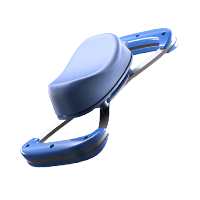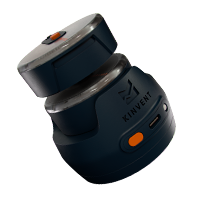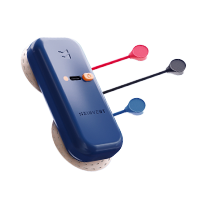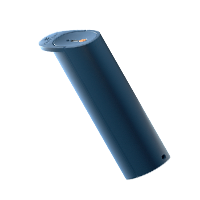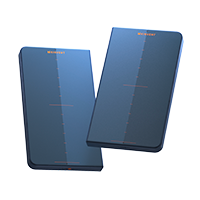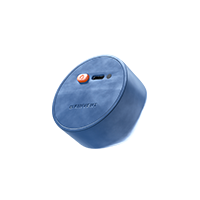Return to Play with Confidence, with Kinvent Solution
Return-to-play processes
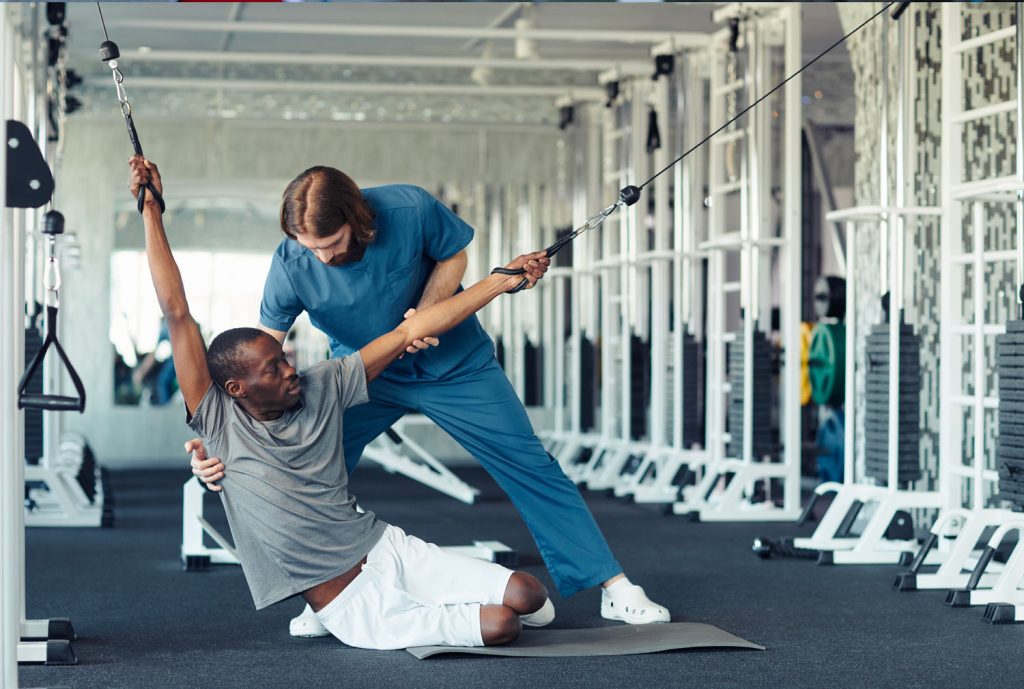
Objective RTP Monitoring That Bridges Rehab and Performance
In today’s high-stakes sports environment, return-to-play (RTP) decisions can make or break seasons—and careers. As a strength and conditioning professional, your role in guiding athletes safely back to full performance is critical.
With Kinvent’s connected sensor technology, you gain the tools to make every RTP decision objective, measurable, and performance-driven.
The Most Efficient RTP Protocol: Evidence-Based. Athlete-Specific. Data-Rich.
The era of greenlighting an athlete based solely on time or subjective feedback is over. A complete RTP strategy now demands:
- Objective strength benchmarks
- Power and asymmetry profiling
- Neuromuscular readiness testing
- Progressive workload management
- Clear, data-backed thresholds for return
Kinvent makes it all possible—helping you validate readiness, reduce re-injury risk, and return athletes with confidence.
Return to Play Processes Made Easy
How Kinvent Supports Every Phase of the RTP Journey
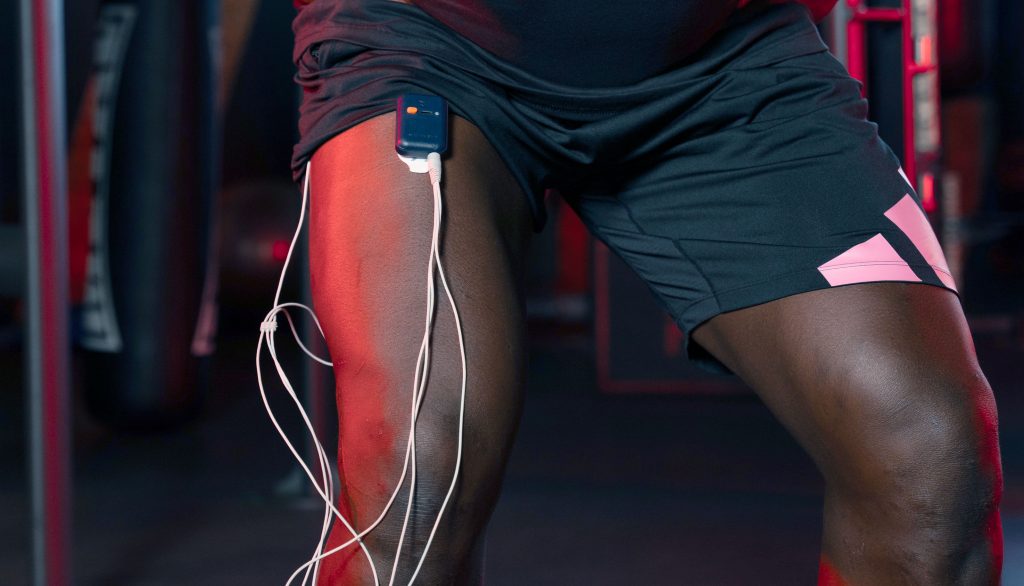
Phase 1: Early Functional Testing
From the first post-injury assessment to the final performance tests, Kinvent provides real-time metrics and actionable insights at each stage:
- Use dynamometers to assess isolated muscle strength
- Monitor pain-free load tolerance
- Track EMG patterns to evaluate neuromuscular reactivation
Phase 2: Controlled Strength & Power Restoration
- Quantify improvements in unilateral and bilateral force production
- Compare to pre-injury baselines or contralateral limb
- Use force plates to assess concentric/eccentric control and jump mechanics
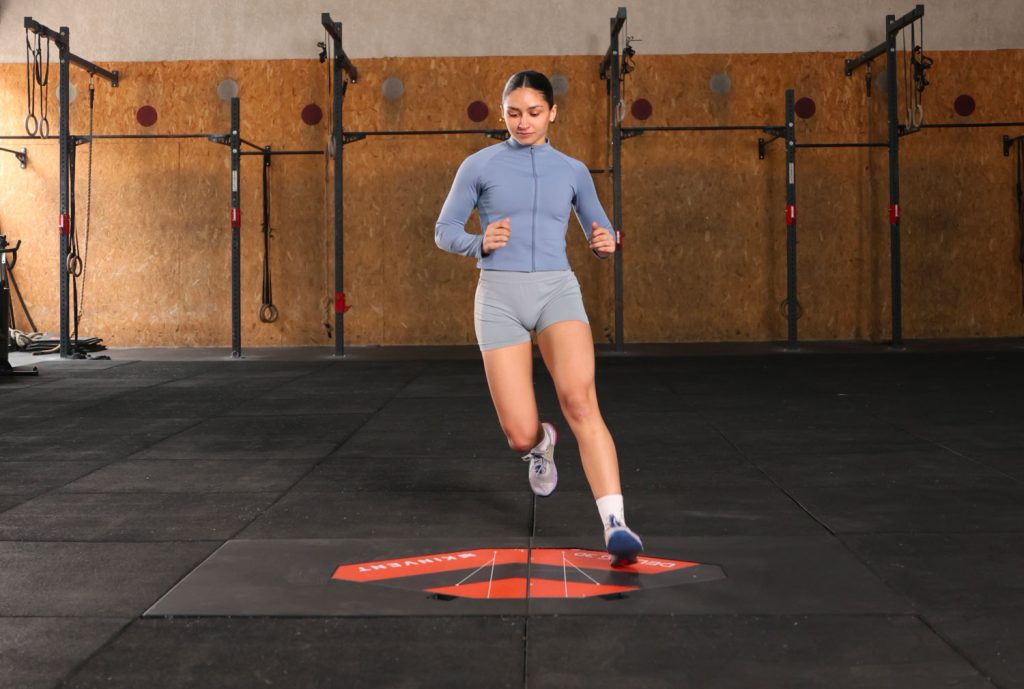
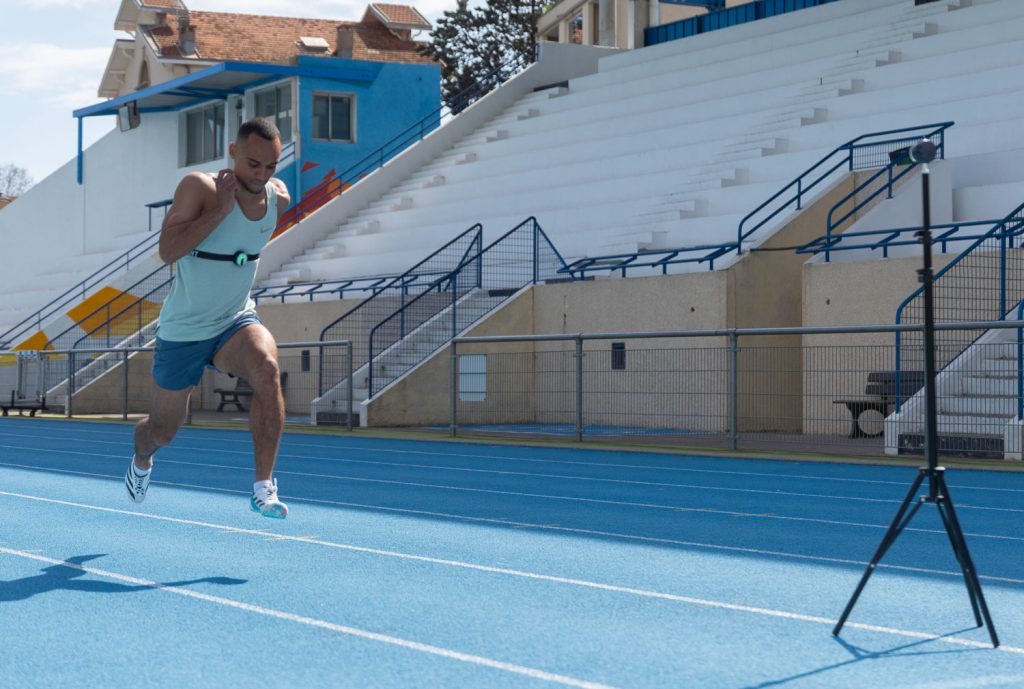
Phase 3: Return to High-Performance Training
- Run performance profiling for explosive power and balance
- Measure fatigue responses and load adaptation
- Use real-time feedback to guide final sports-specific conditioning
Phase 4: Clearance & Return to Competition
- Validate recovery with objective criteria
- Generate exportable reports for coaches, medical staff, and athletes
- Set new training benchmarks for post-return development
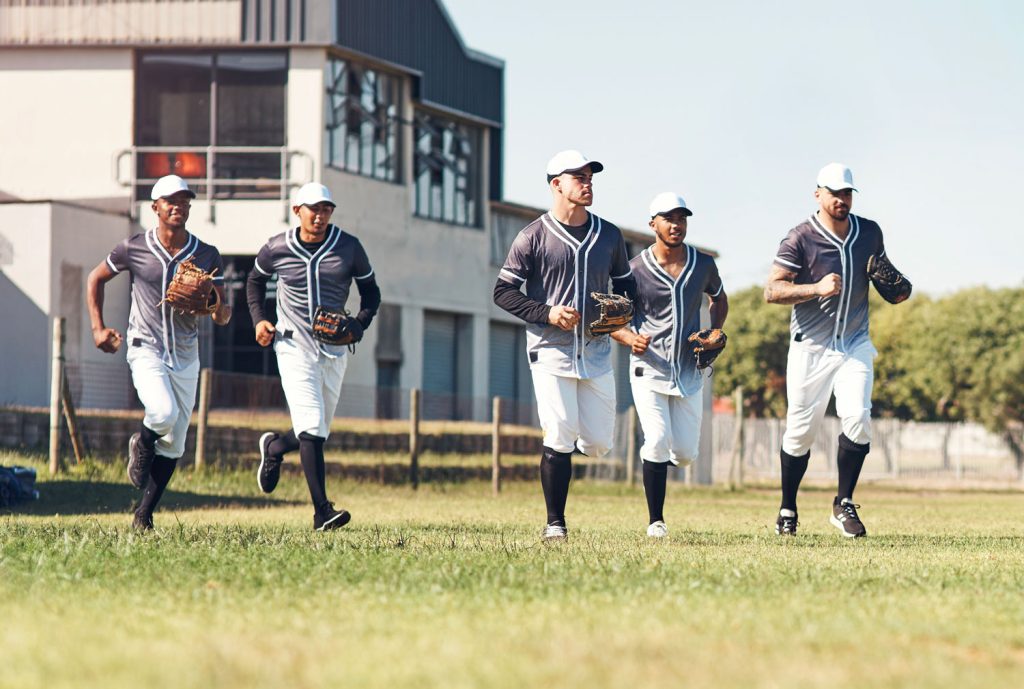
Why Strength & Conditioning Coaches Trust Kinvent for RTP
- Objective Criteria Over Guesswork – Set quantifiable recovery goals
- Real-Time Athlete Feedback – Boost engagement and intent during sessions
- Data Comparisons – Injury vs. non-injury side, or to normative data
- Custom Test Batteries – Tailor protocols to sport, injury, and position
- Cloud-Based Tracking – Store progress data from start to full return
Whether you’re managing ACL reconstructions, hamstring strains, shoulder instability, or tendinopathy, Kinvent provides clear, reproducible data to support every decision you make.
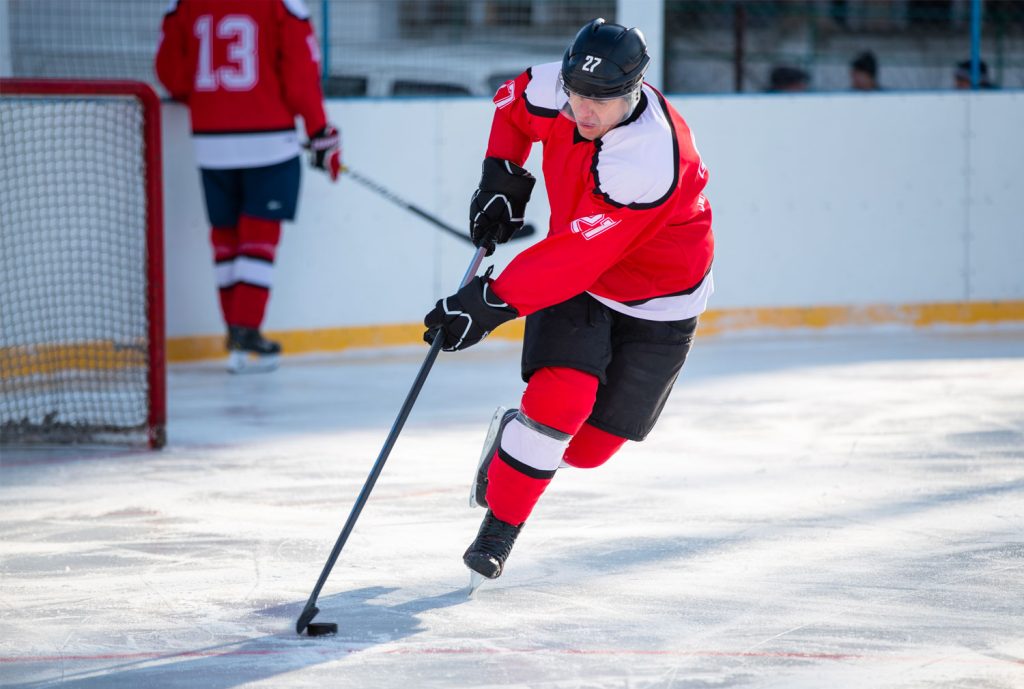
RTP Across Sports and Roles
Kinvent is built for strength coaches working in:
- Soccer – return-to-sprint and deceleration readiness
- Basketball – jump mechanics and landing control
- Football – upper- and lower-body strength recovery
- Track & Field – power reloading and injury asymmetries
- Hockey – balance, core strength, and agility post-injury
- Tennis – shoulder strength ratios and upper-body return metrics
A Shared Language Between Performance and Medical
Kinvent bridges the gap between rehabilitation and performance, creating a shared framework for clinicians, coaches, and athletes. With aligned metrics and transparent tracking, everyone stays on the same page, from rehab room to training field.
- Inform return-to-train decisions
- Support return-to-compete timelines
- Document RTP progression for external stakeholders (e.g., federations, agents, medical boards)
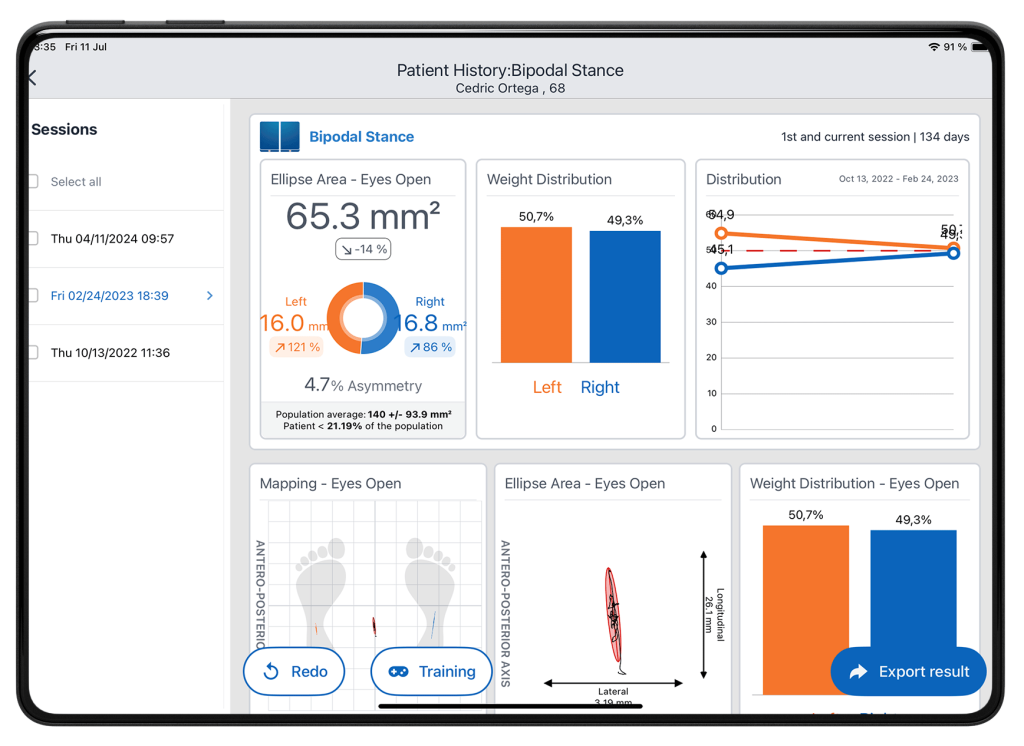
Set a New Standard in RTP
Reinjury isn’t just a setback—it’s often avoidable. With Kinvent, you set a higher standard of care for your athletes, using science and technology to return them stronger, not just ready.
Bring Confidence and Clarity to Return to Play with Kinvent.
Solutions Sensors Based On Your Needs
We offer a comprehensive range of medical sensors delivering valuable insights directly interpretable by the physiotherapist



